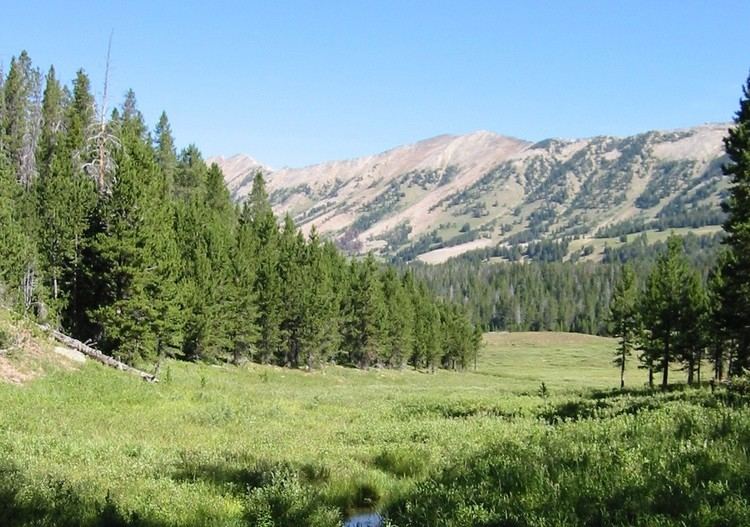 | ||
There are 62 named Ecological Systems found in Montana These systems are described in the Montana Field Guides-Ecological Systems of Montana.
Contents
- Forest and Woodland Systems
- Alpine Systems
- Shrubland Steppe and Savanna Systems
- Grassland Systems
- Sparse and Barren Systems
- Open WaterWetland and Riparian Systems
- References
An ecosystem is a biological environment consisting of all the organisms living in a particular area, as well as all the nonliving, physical components of the environment with which the organisms interact, such as air, soil, water and sunlight. It is all the organisms in a given area, along with the nonliving (abiotic) factors with which they interact; a biological community and its physical environment.
Forest and Woodland Systems
Alpine Systems
Shrubland, Steppe and Savanna Systems
Grassland Systems
Sparse and Barren Systems
Open Water/Wetland and Riparian Systems
References
Ecological systems of Montana Wikipedia(Text) CC BY-SA
